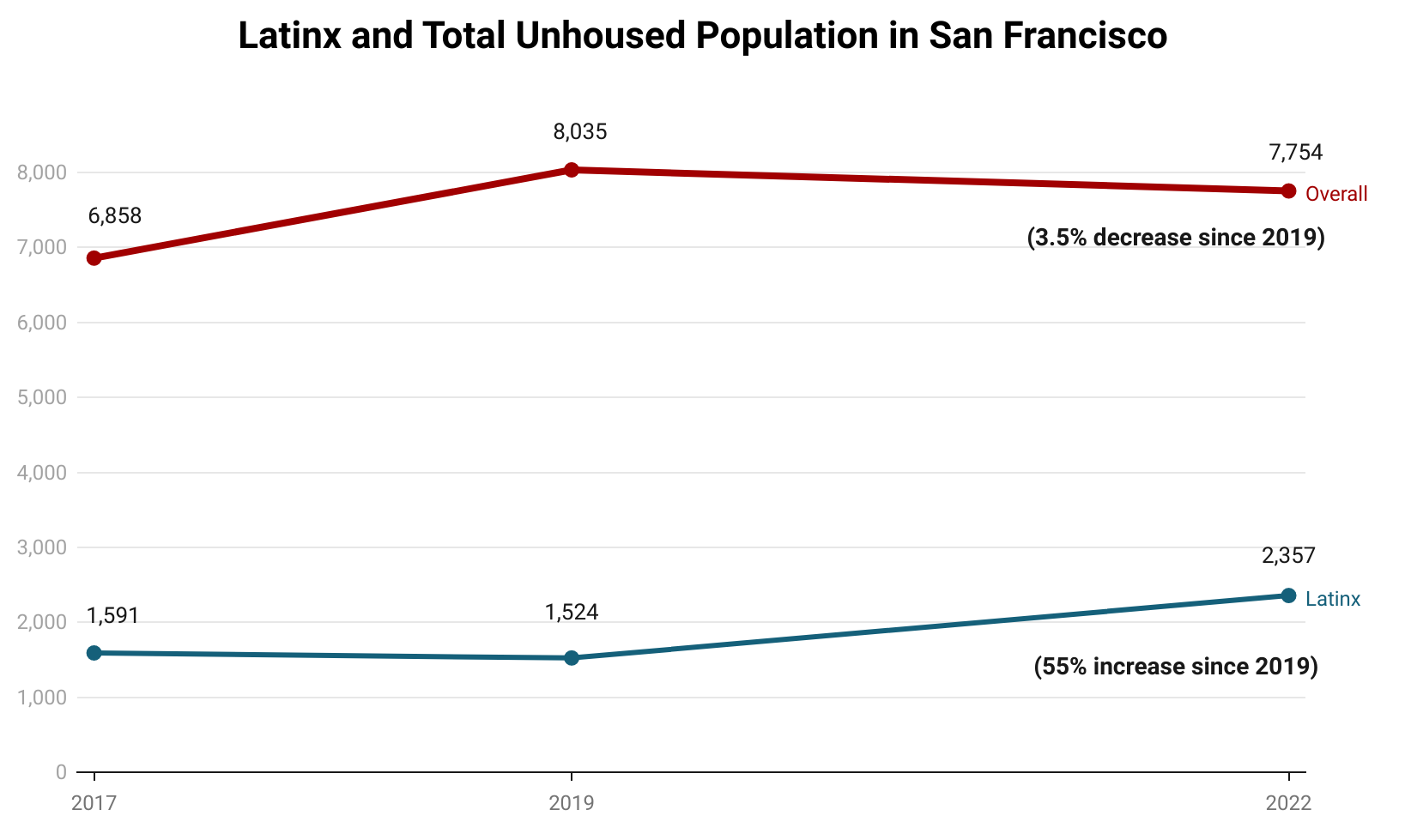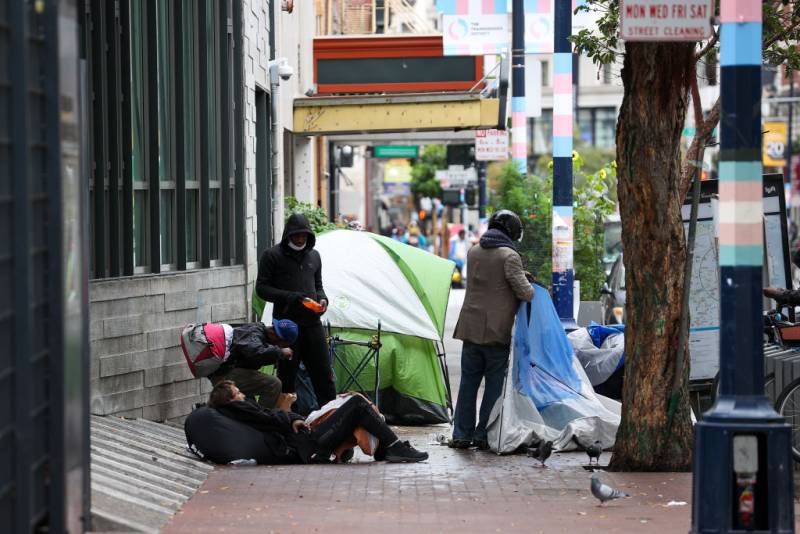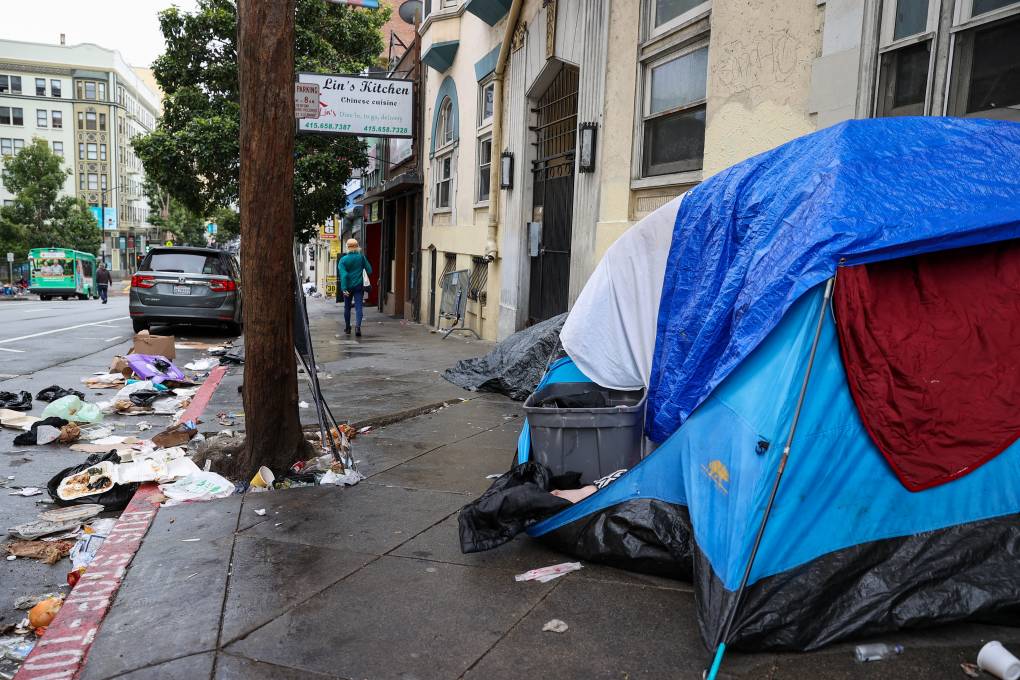Homelessness among Latino residents in San Francisco spiked over the last three years — by more than half — even as the city’s total unhoused population dropped slightly.
That’s according to new detailed findings city officials released Wednesday. The data comes from a point-in-time homelessness survey conducted in February, when volunteers fanned out across the city to tally people living on the streets, in vehicles or in shelters.
Although San Francisco’s overall unhoused population dropped by 3.5% since 2019, when the last count was done, the rate of homelessness among those who identified as Latinx shot up by 55% (from 1,591 to 2,357), according to data from the survey. That means Latinos now make up 30% of the nearly 8,000 unhoused people in San Francisco, despite accounting for only 16% of the city’s general population.

“We don’t have a great understanding of the reasons why,” said Emily Cohen, a spokesperson for San Francisco’s Department of Homelessness and Supportive Housing, which ran the survey. “But we also know that [the Latinx] community at this same time has been hit incredibly hard by COVID and the impacts of COVID, in terms of job loss. And we would estimate or make some assumptions about the precipitating impacts onto homelessness.”


